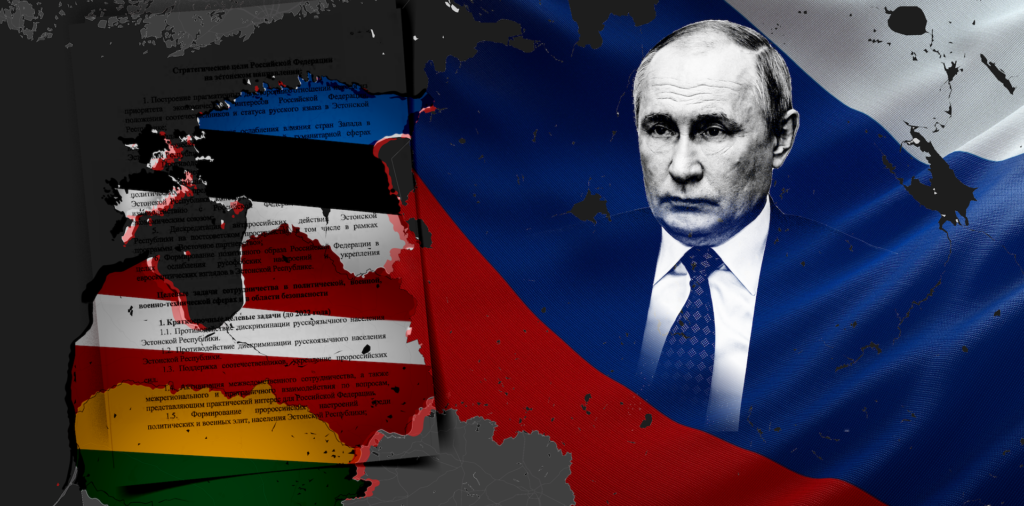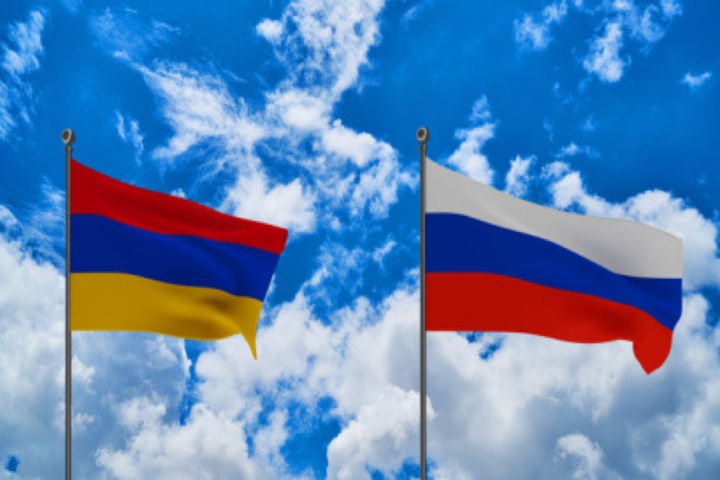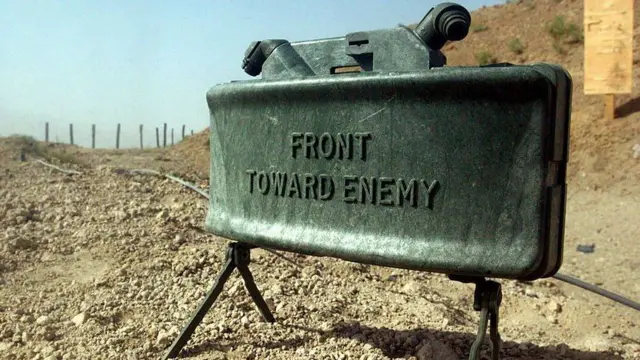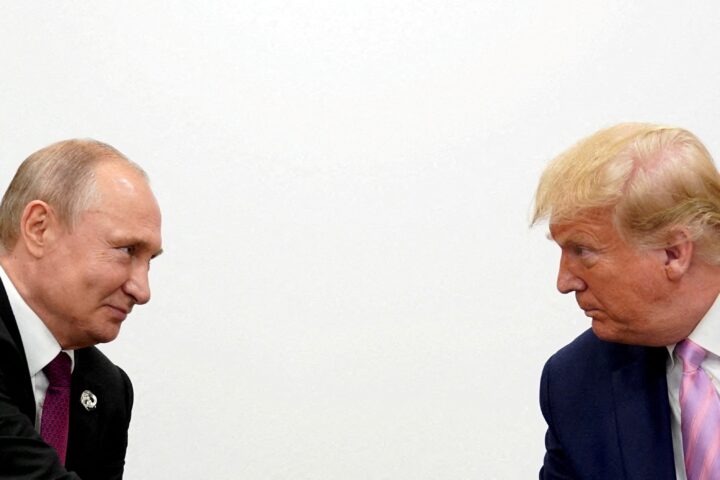On 16 June 2025, Russia’s Foreign Intelligence Service (SVR) released an unsubstantiated claim accusing Ukraine and the United Kingdom of planning a so-called false flag attack against a US Navy vessel in the Baltic Sea.
According to the Russian narrative, Ukraine allegedly supplied Britain with Soviet-era torpedoes to stage an explosion near an American ship and frame Russia for the incident. The SVR even claimed one device would intentionally fail to detonate so it could be presented as “evidence” against Moscow. A second scenario involved deploying Russian-made naval mines on international shipping routes.
An Old Kremlin Playbook: Projecting Its Own Tactics Onto Others
The accusation is a textbook case of Russian projection. While Moscow points the finger at NATO allies, it is Russia itself that has a well-documented history of false flag operations — from Chechnya to the Donbas, Crimea, and even staged shelling of Belgorod aimed at manipulating domestic opinion.
By claiming Ukraine and the UK are acting “like Russia,” the Kremlin is simply mirroring its own tactics — a move designed to confuse the international audience and legitimise future escalations.
Baltic Provocations: A Pretext for Escalation, Not Prevention
This latest Russian narrative is part of a broader strategy to destabilise the Baltic region, where NATO’s presence has grown stronger in recent years. By floating these fabricated plots, Moscow attempts to justify future provocationsagainst NATO member states and test the Alliance’s unity and response.
This kind of propaganda also sets the stage for potential covert operations or staged incidents — allowing Russia to claim “pre-emptive action” or “retaliation” based on entirely fictional threats.
The Real Audience: Russian Citizens, Not the International Community
It’s also crucial to recognise who this propaganda is really for. These manufactured threats are primarily aimed at Russia’s domestic audience, reinforcing the myth of a “besieged nation” surrounded by enemies. This narrative serves a deeper purpose: to prepare the public for increased repression, further mobilisation, and renewed attacks under the guise of self-defence.
As such, claims of a joint Ukrainian-British provocation are not just false — they’re strategically timed cover stories, meant to cloak the Kremlin’s own next move.
By fabricating threats in the Baltics, Russia seeks to create chaos, distract from its failures on the battlefield, and keep its population in a state of fear. But these tactics are no longer surprising — they’re a pattern, and the world is watching.










